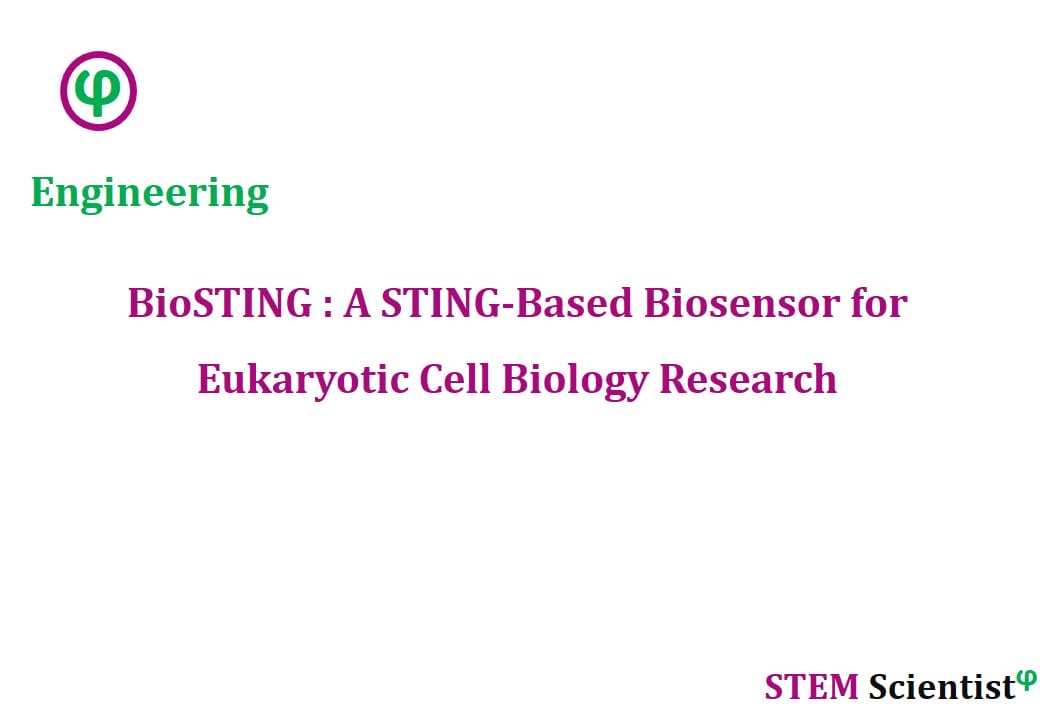
The following study was conducted by Scientists from Department of Microbiology, University of Washington, Seattle, WA, USA. Study is published in Nature Communications Journal as detailed below.
Nature Communications; Volume 11, Article Number: 3533 (2020)
A STING-based Biosensor affords Broad Cyclic Dinucleotide Detection within Single Living Eukaryotic Cells
Abstract
Cyclic dinucleotides (CDNs) are second messengers conserved across all three domains of life. Within eukaryotes they mediate protective roles in innate immunity against malignant, viral, and bacterial disease, and exert pathological effects in autoimmune disorders. Despite their ubiquitous role in diverse biological contexts, CDN detection methods are limited. Here, using structure guided design of the murine STING CDN binding domain, we engineer a Förster resonance energy transfer (FRET) based biosensor deemed BioSTING. Recombinant BioSTING affords real-time detection of CDN synthase activity and inhibition. Expression of BioSTING in live human cells allows quantification of localized bacterial and eukaryotic CDN levels in single cells with low nanomolar sensitivity. These findings establish BioSTING as a powerful kinetic in vitro platform amenable to high throughput screens and as a broadly applicable cellular tool to interrogate the temporal and spatial dynamics of CDN signaling in a variety of infectious, malignant, and autoimmune contexts.
Source:
Nature Communications
URL: https://www.nature.com/articles/s41467-020-17228-y
Citation:
Pollock, A. J., S. A. Zaver, et al. (2020). “A STING-based biosensor affords broad cyclic dinucleotide detection within single living eukaryotic cells.” Nature Communications 11(1): 3533.


